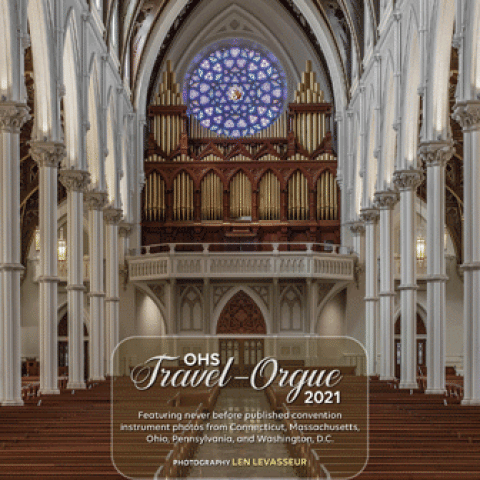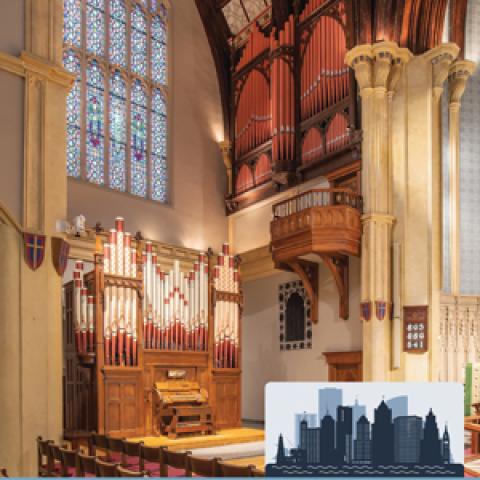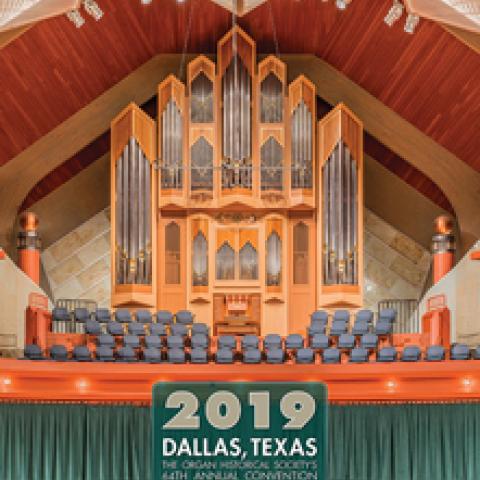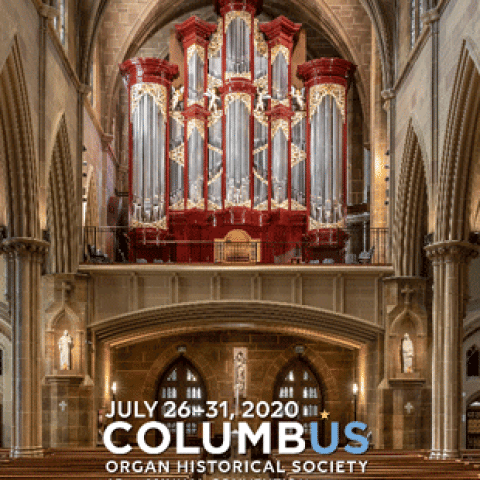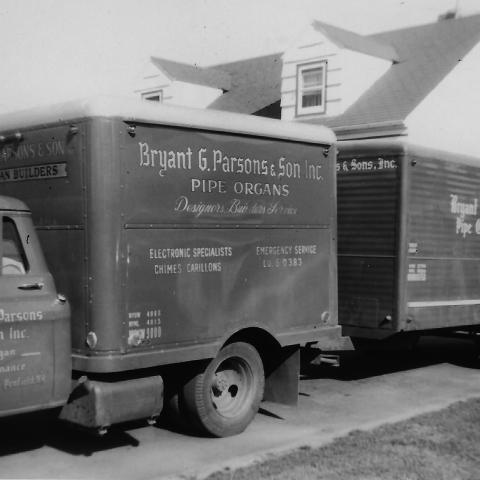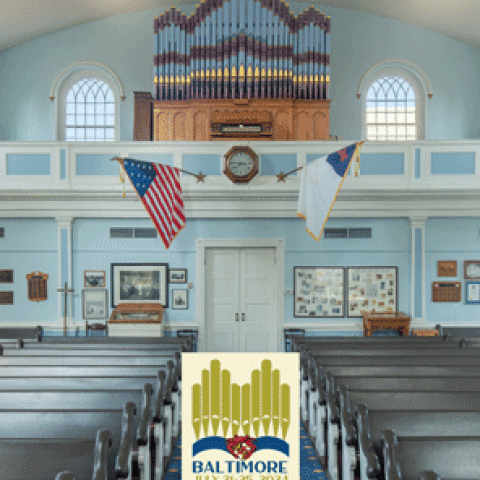
The Organ Historical Society is accepting orders for its 2022 pipe organ calendar, Travel-Orgue 2022, which features exclusively instruments in recital spaces—the first time the society has featured organs in significant secular public spaces.
Instruments by Flentrop Orgelbouw, Bedient Pipe Organ Co., Holtkamp Organ Company, C. B. Fisk, Inc., E. F. Walcker & Cie., Aeolian-Skinner, Dobson Pipe Organ Builders, George S. Hutchings, Austin Organs, Inc., Glatter-Götz Orgelbau/Rosales Organ Builders, Hutchings-Votey, J. W. Steere, and Skinner Organ Company.
OHS Member price is $25, non-members $30, with a discount for bulk purchases of ten or more. A limited number of these are published every year.
For information: organhistoricalsociety.org.

